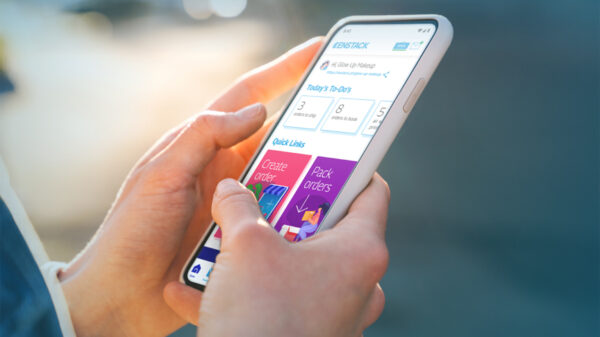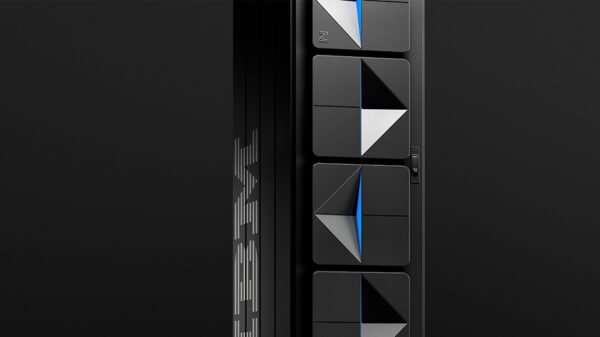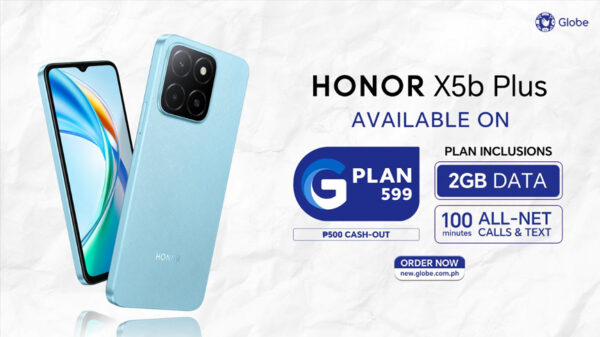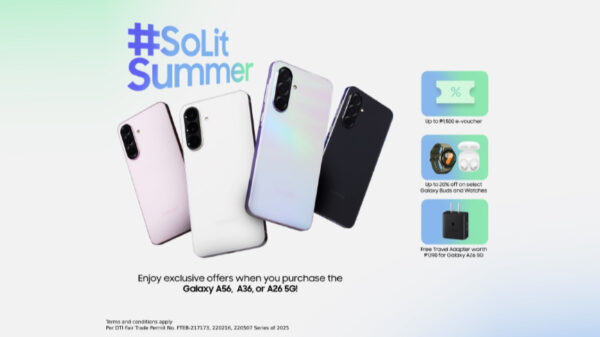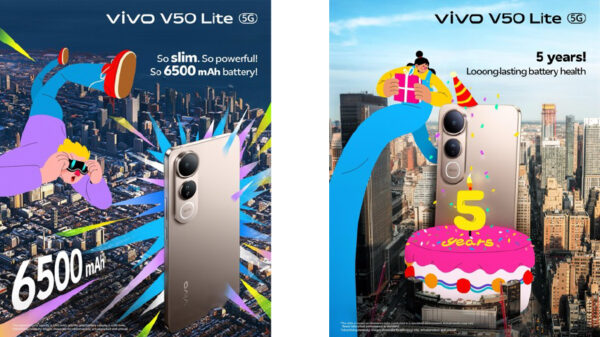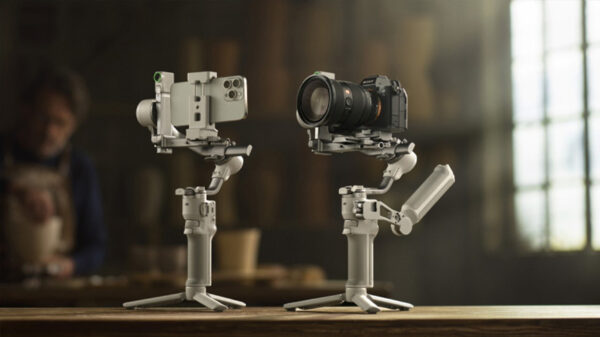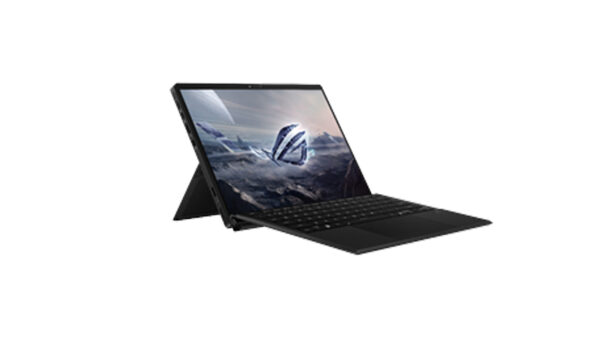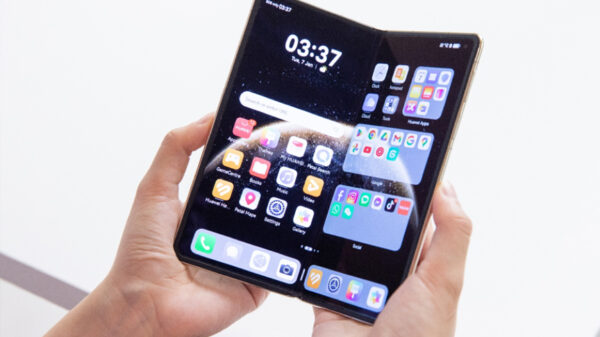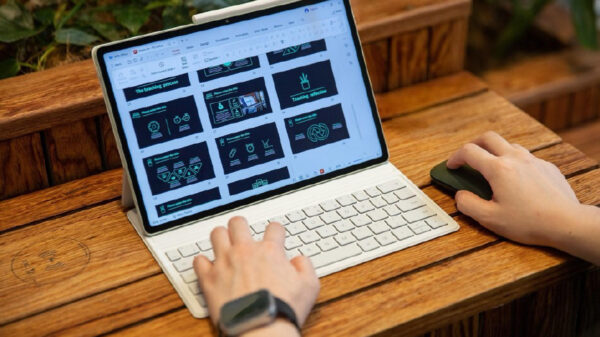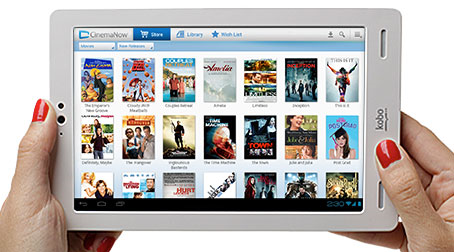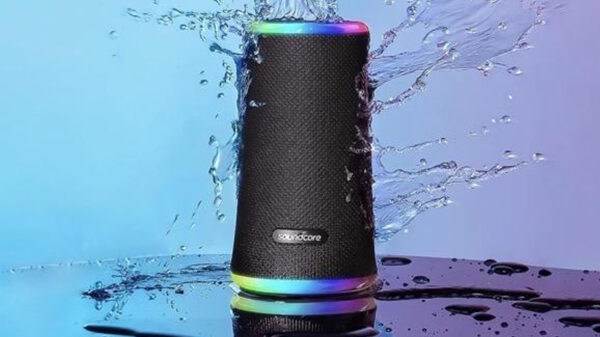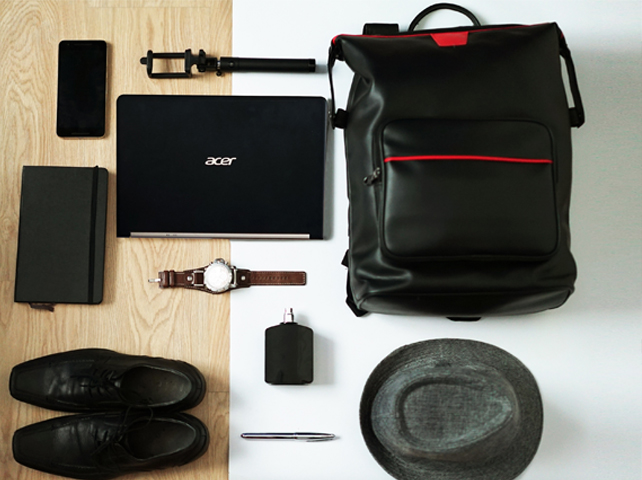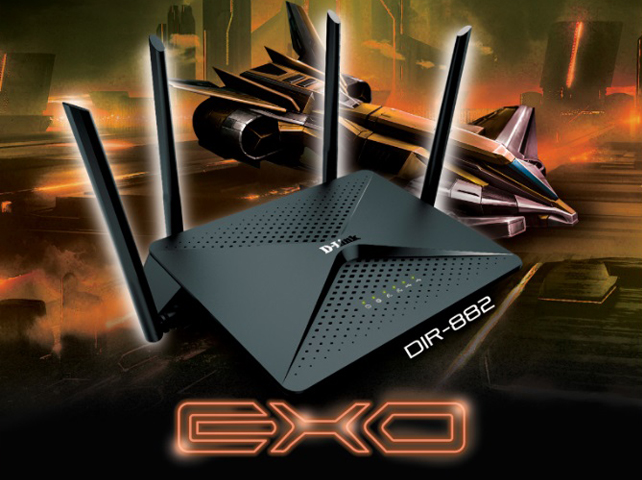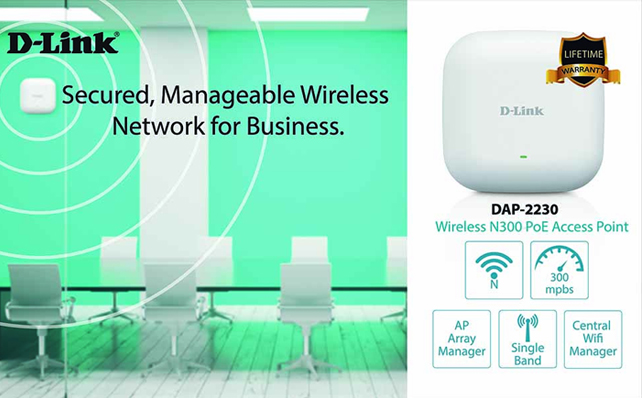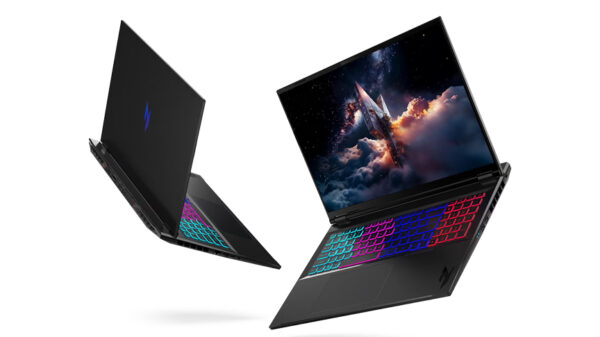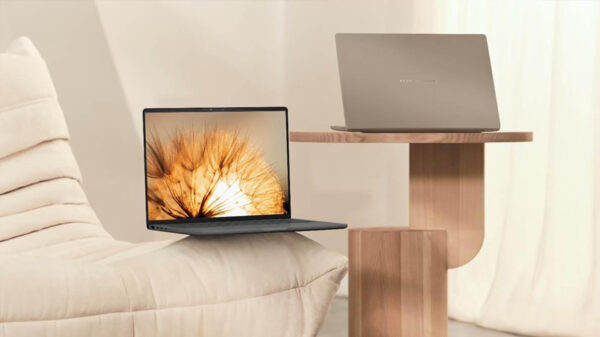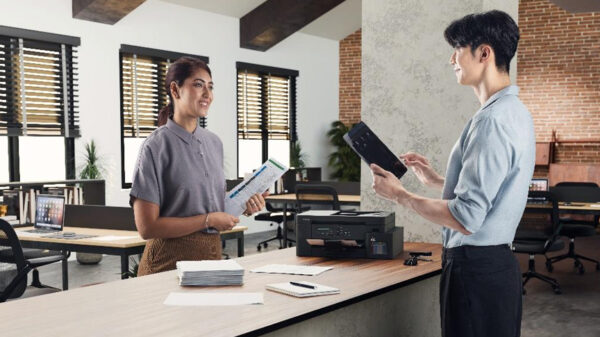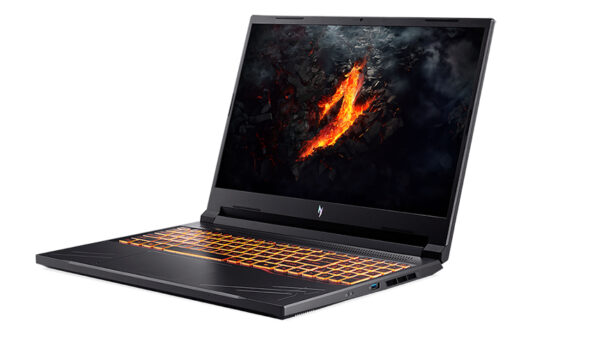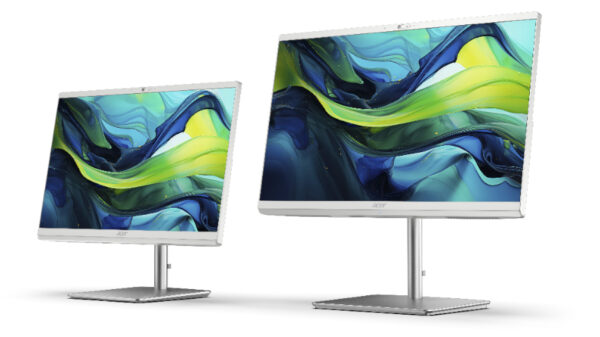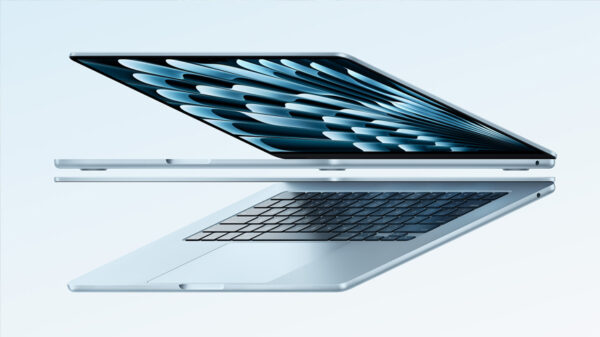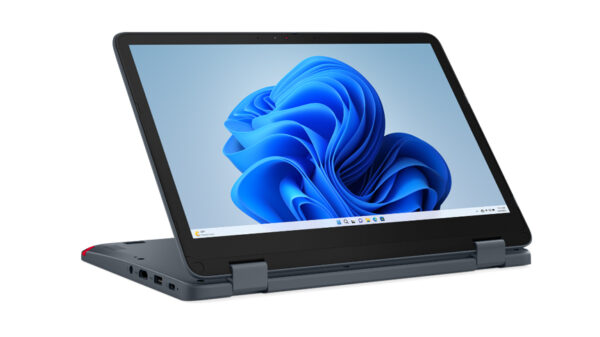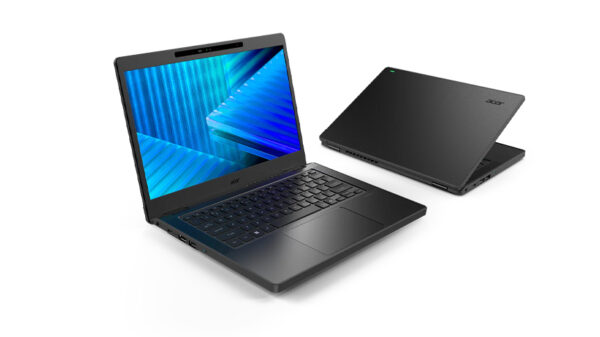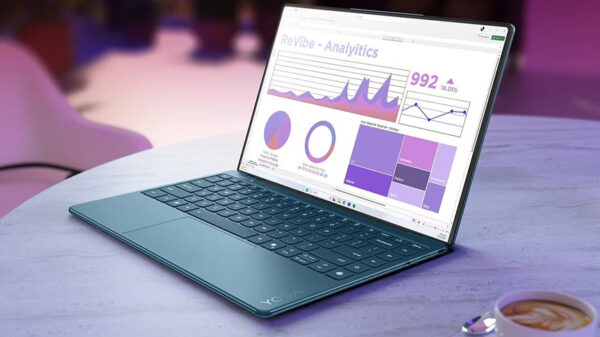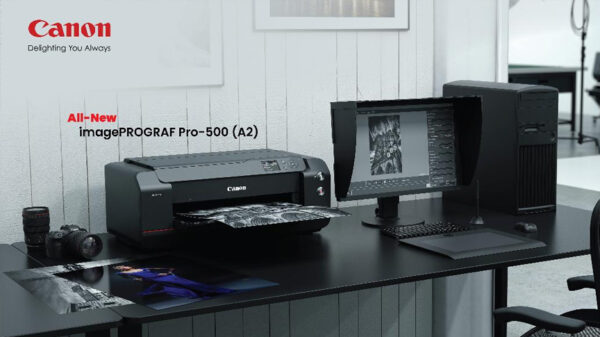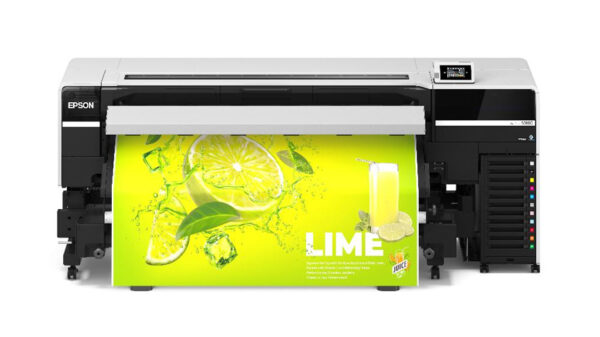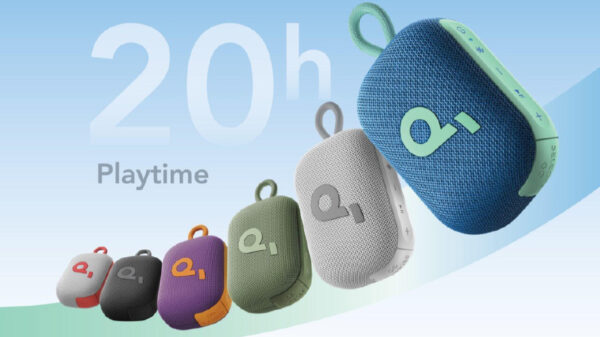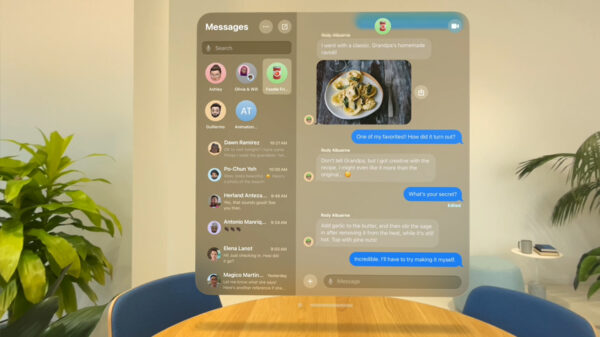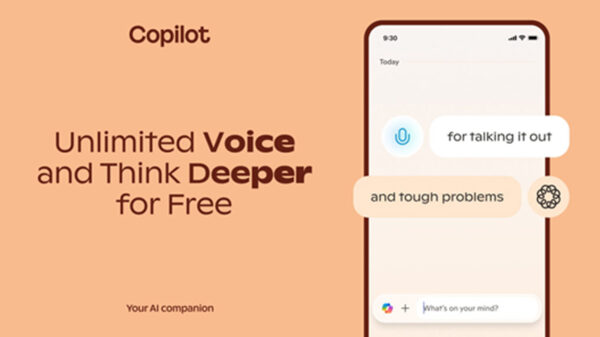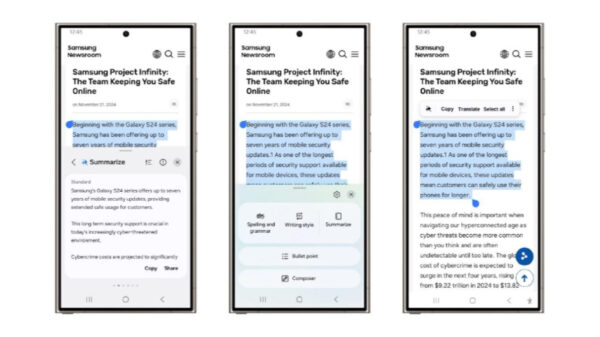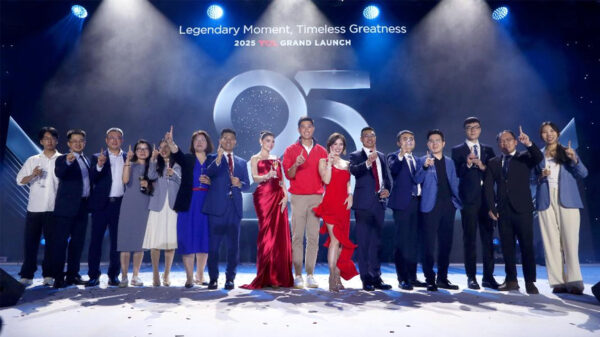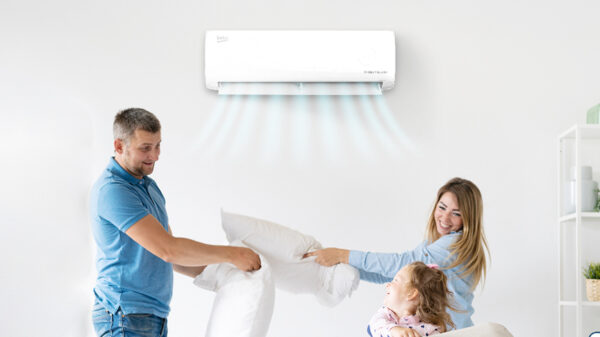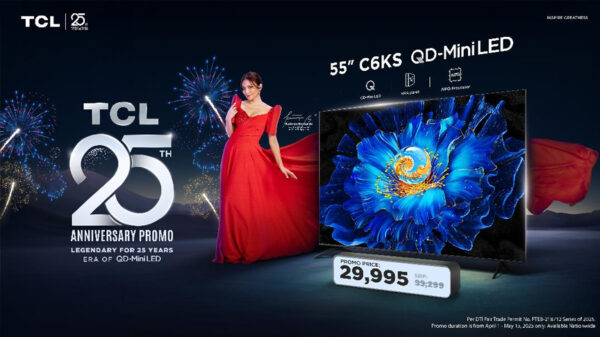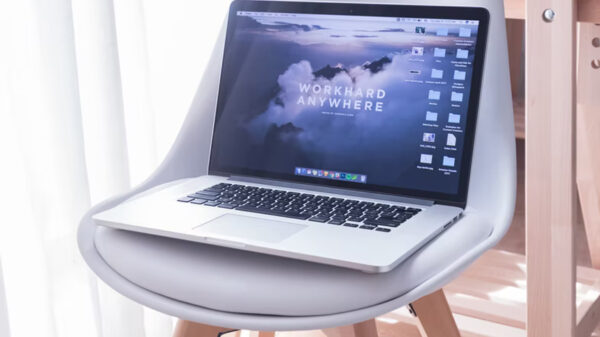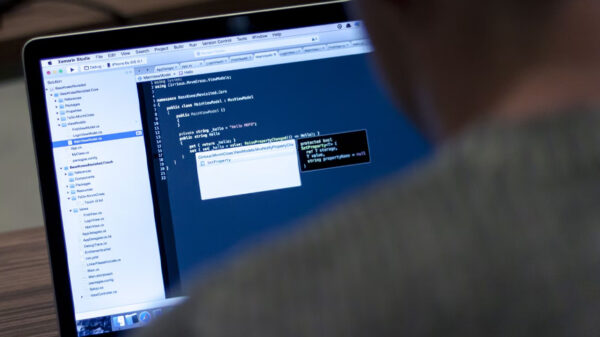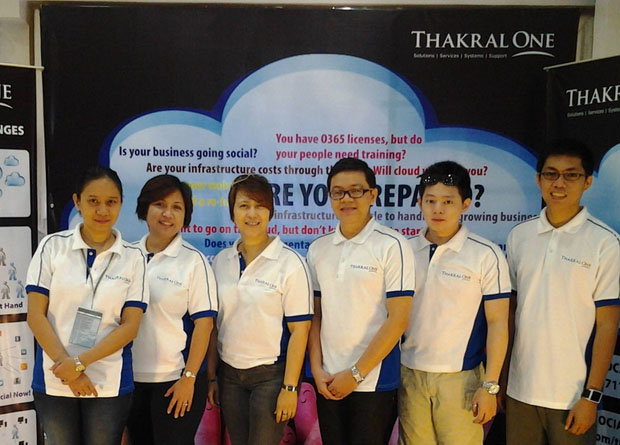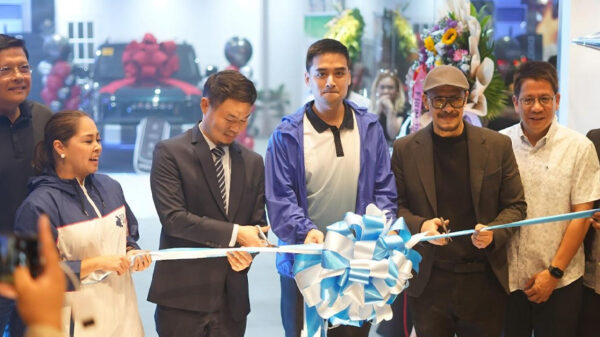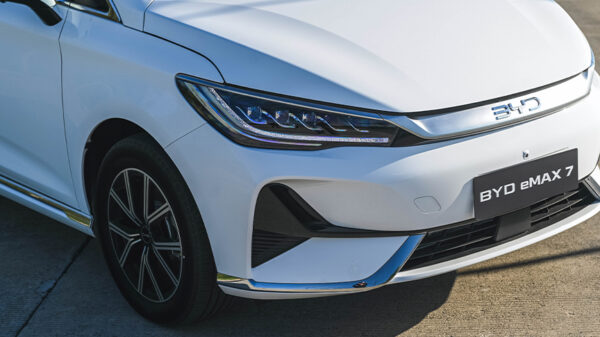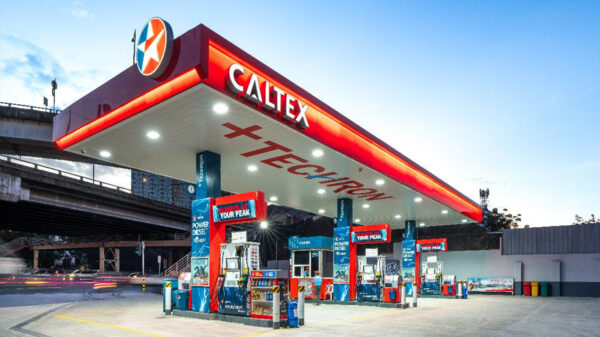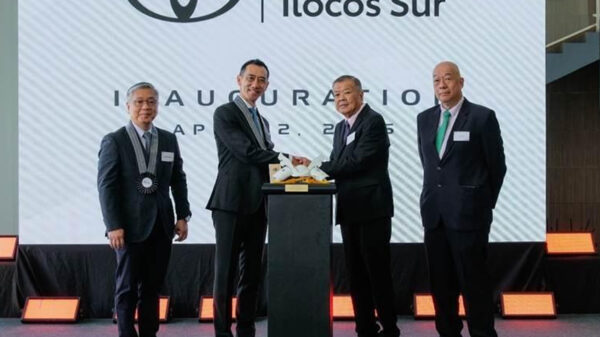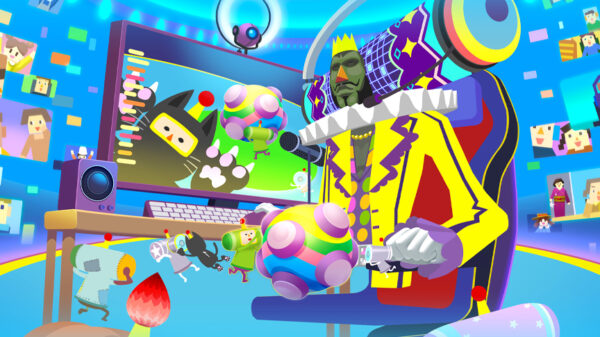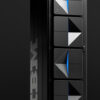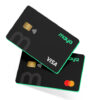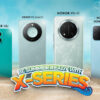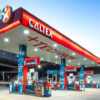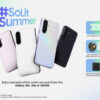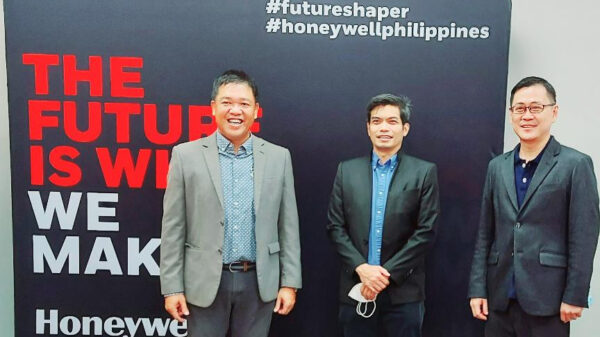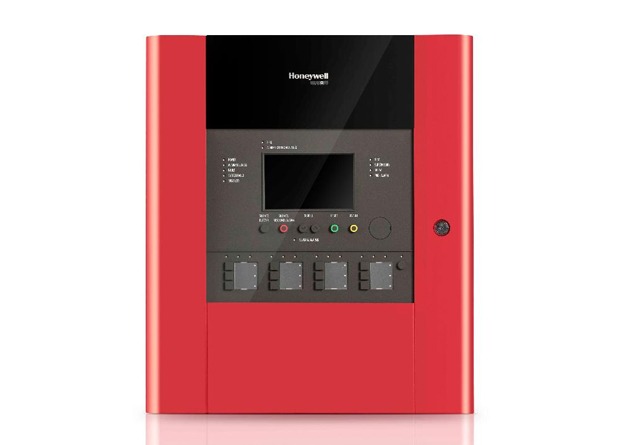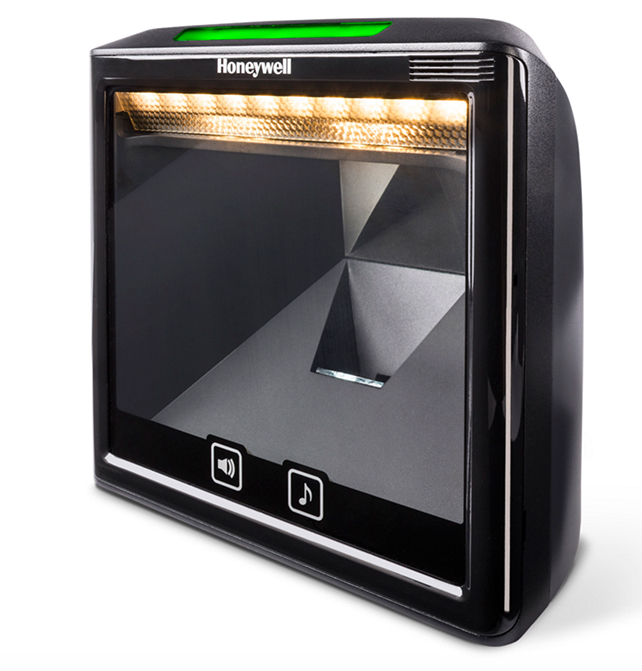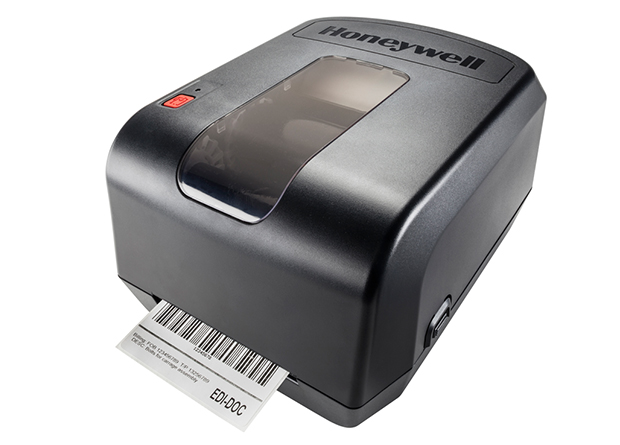Forty years ago, a 10-pack of Wrigley’s gum was scanned and purchased at a Marsh Supermarket, Ohio U.S, using what is now scanned 5 billion times every day: the Universal Product Code (UPC) barcode.
IBM engineer George Laurer invented what became the UPC barcode first used on that pack of gum on June 26, 1974. Four decades later, the barcode is literally on any thing worldwide, and in various formats.
The origin of the barcode goes back years before the invention of the UPC. Before the UPC, inventors at Westinghouse developed a camera called a “photo-cell circuit” to read a simple code consisting of four bars printed on paper to automate payment of utility bills.
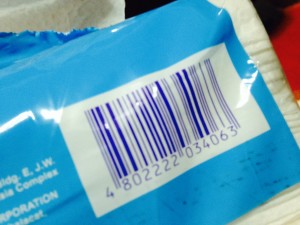
The barcode continues to play a critical role in improving efficiencies, increasing productivity and enhancing the overall customer experience across a variety of industries – from providing a speedier check out at the grocery store to scanning at a hospital bedside, to enabling goods to be tracked throughout their lifetime or simply using a phone to board an airplane.
Today, the barcode continues to play a critical role in improving efficiencies, increasing productivity and enhancing the overall customer experience across a variety of industries – from providing a speedier check out at the grocery store to scanning at a hospital bedside, to enabling goods to be tracked throughout their lifetime or simply using a phone to board an airplane.
“Just as barcodes and scanners have extended their capabilities, their recognition and application in Asia Pacific has also broadened from solely front-facing POS into an increasing range of back-end operations – from hospital patient care to warehouse inventory and transport and logistics – as a cost-effective solution best able to meet the demands of data capture,” said Lynn Huang, Head of Marketing & Strategy, Asia Pacific, Honeywell Scanning & Mobility.
“The barcode’s presence throughout every stage in the supply chain in Asia Pacific has been further spurred by an era of workers being tasked with doing more with less – such as the ability to collect more information and provide better documentation and traceability.”
In honor of this special occasion, Honeywell is this month celebrating the anniversary and the role it has played in barcode and scanning innovation over the decades.
From the invention of Code 39, the most widely used barcode, to the introduction of the Aztec 2D barcode that is used on airline and railway tickets, Honeywell has continued to collaborate with customers around the globe to deliver new scanning technologies that help transform fundamental business processes.
Customers such as AstralPool, LoBue Citrus, Nature’s Best and the San Jose Police Department are just a few examples of companies that have successfully leveraged the barcode and Honeywell scanning technology to gain competitive advantage and increase operational performance.

